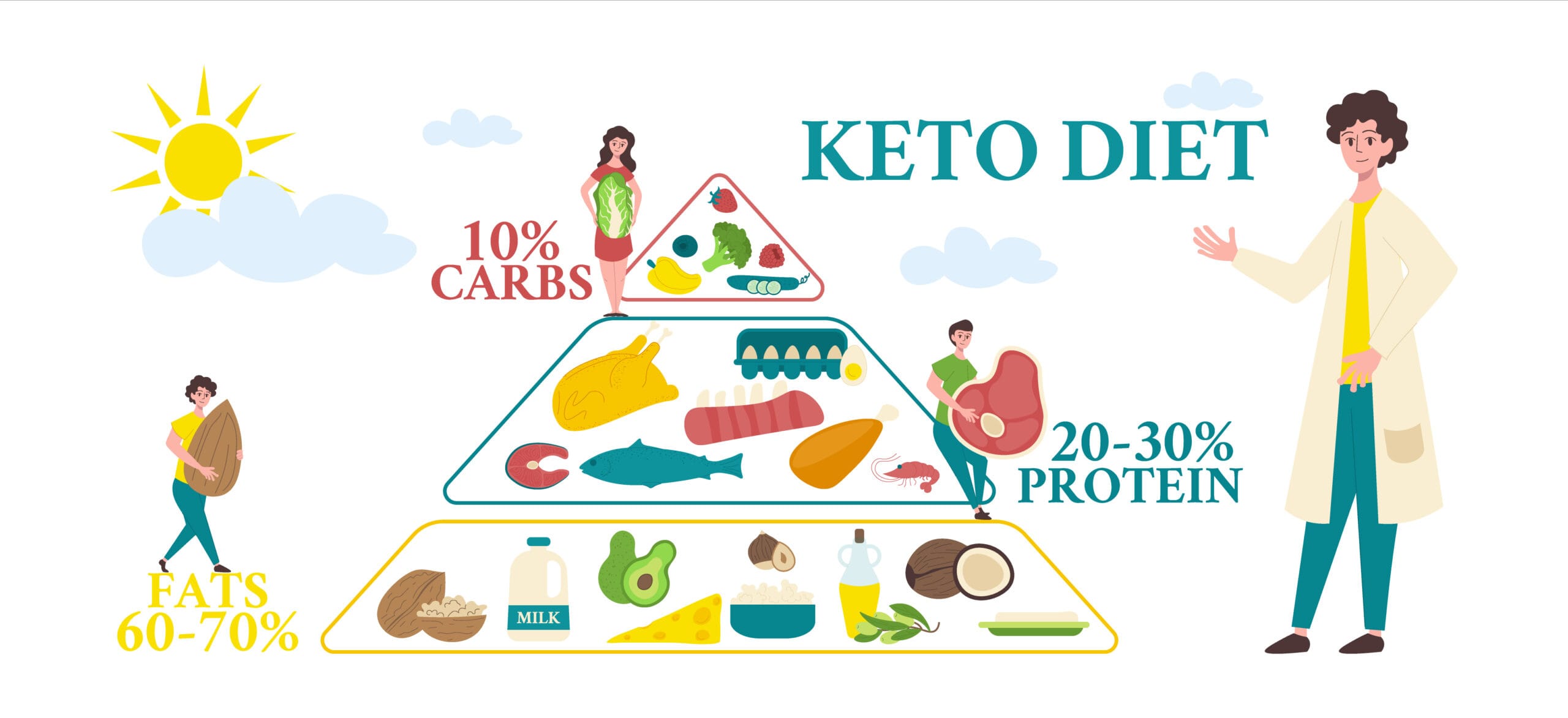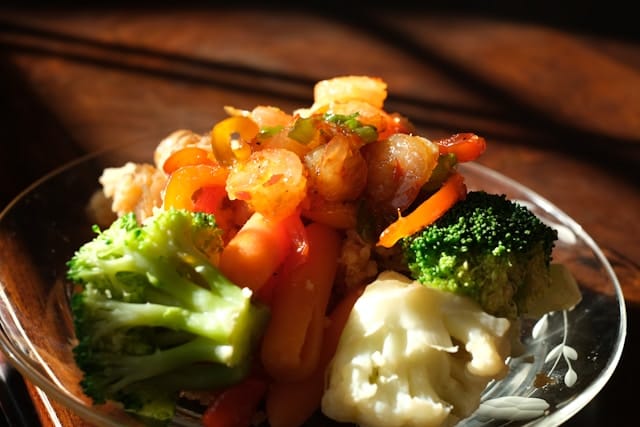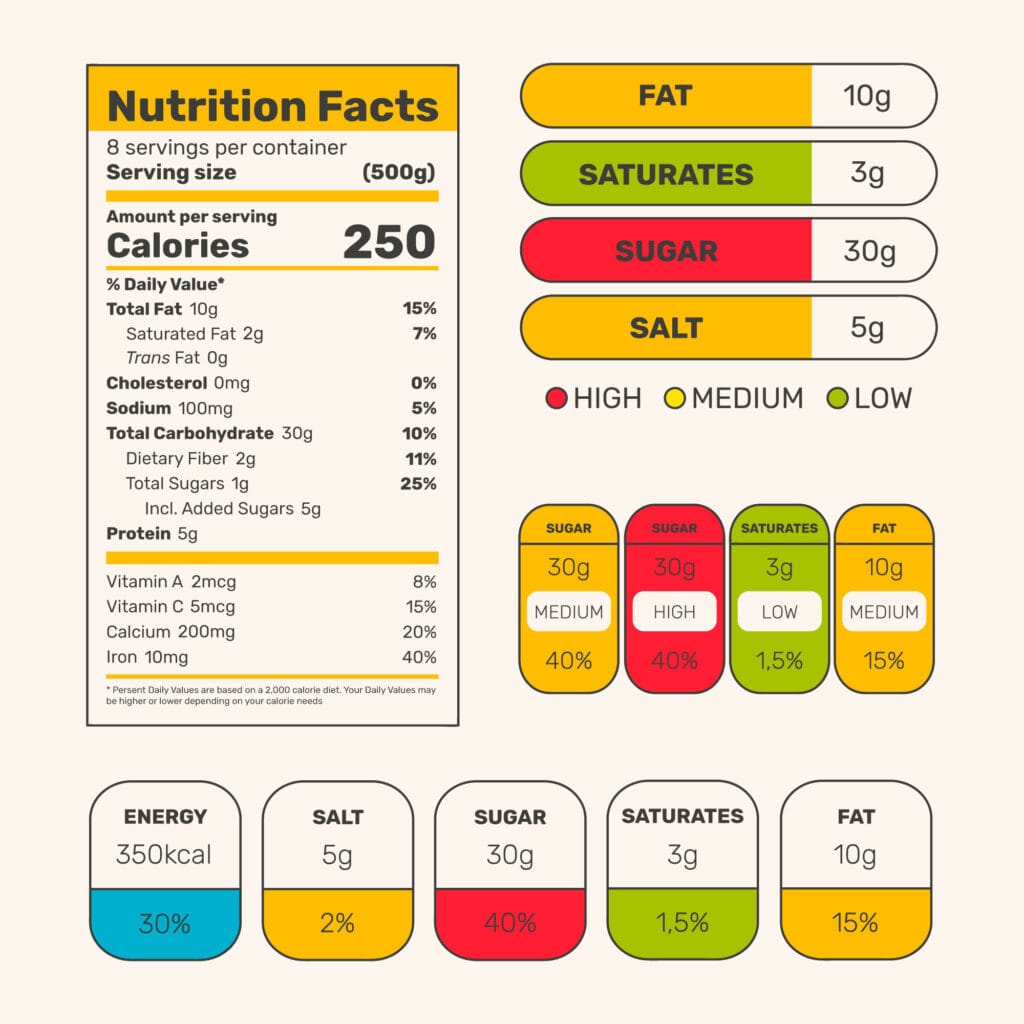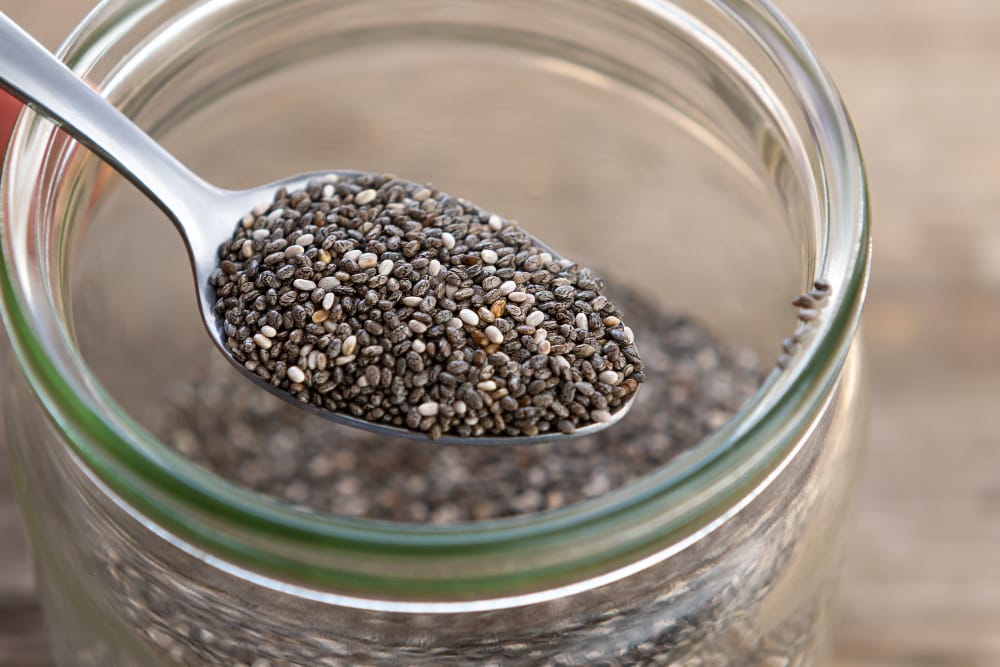Keto Do’s and Don’ts

The keto diet has gained immense popularity due to its potential benefits, such as weight loss, improved energy levels, and better mental clarity. However, navigating the keto diet requires understanding what you should and shouldn’t do to achieve optimal results. This comprehensive guide breaks down the Keto Dos and Donts, helping you stay on track while enjoying the benefits of this low-carb, high-fat diet.
The Do’s of the Keto Diet
1. Track Your Macros
Tracking your macronutrients (carbs, protein, and fat) is critical for keto success. Apps like MyFitnessPal or Carb Manager can help monitor your intake.
- Target Macros:
- Carbs: 5-10% of daily calories
- Protein: 20-25%
- Fat: 70-75%
2. Focus on Healthy Fats
Healthy fats are the cornerstone of the keto diet. Incorporate a variety of sources to ensure you get essential fatty acids and nutrients.
- Healthy Fat Sources:
- Avocado and avocado oil
- Olive oil
- Coconut oil
- Grass-fed butter and ghee
- Nuts and seeds
- Fatty fish like salmon, mackerel, and sardines
Ready to start your Keto Diet?
It’s as easy as 1-2-3
1- Click Here
2 – Spend 45 seconds telling them a little bit about yourself and your goals.
3 – Get your custom plan and review it right away!
It’s really that simple.
But what makes this plan so easy to follow is that literally everything is done for you.
They tell you exactly what to eat and when. They give you the grocery list, the recipes, and even videos showing you how to make all the delicious food!
It doesn’t get easier than this.
So go right now and claim your custom plan while it’s still available!
3. Eat Low-Carb Vegetables
Vegetables are an essential part of the keto diet. They provide fiber, vitamins, and minerals while keeping carb counts low.
- Keto-Friendly Vegetables:
- Leafy greens (spinach, kale, arugula)
- Broccoli and cauliflower
- Zucchini
- Bell peppers
- Asparagus
- Mushrooms

4. Stay Hydrated
On keto, your body loses water and electrolytes quickly, especially during the initial stages. Drink plenty of water and replenish electrolytes.
- Electrolyte Sources:
- Sodium: Add salt to your meals.
- Potassium: Eat avocados or leafy greens.
- Magnesium: Incorporate nuts, seeds, or supplements.
5. Plan Your Meals
Planning your meals can help you stick to your keto goals and avoid high-carb temptations. Prep ingredients in advance to make quick and compliant meals.
6. Test for Ketosis
Monitoring your ketosis status can help you adjust your diet for better results. Use keto test strips, a blood meter, or a breath analyzer.
7. Include Adequate Protein
While fat is the primary focus of the keto diet, protein is crucial for maintaining muscle mass and satiety. Choose high-quality sources like:
- Grass-fed meat
- Free-range poultry
- Wild-caught fish
- Eggs
- Low-carb protein powders
8. Practice Patience
Adapting to ketosis can take time. Some people experience the “keto flu,” a temporary phase where your body adjusts to using fat as fuel. Symptoms include fatigue, headaches, and irritability. Stay patient and hydrated; it will pass!
The Don’ts of the Keto Diet
1. Don’t Ignore Hidden Carbs
Hidden carbs can sneak into your diet through sauces, dressings, and packaged foods. Always check nutrition labels and ingredient lists.
- Common Sources of Hidden Carbs:
- Ketchup
- BBQ sauce
- Salad dressings
- Flavored yogurts
- Processed meats

2. Don’t Fear Fat
The keto diet is high in fat by design. Many newcomers mistakenly limit fat intake, which can lead to hunger and low energy. Embrace healthy fats, but avoid trans fats and highly processed oils.
3. Avoid High-Carb Foods
Certain foods are off-limits on keto due to their high carbohydrate content.
- Foods to Avoid:
- Bread, pasta, rice, and grains
- Sugary snacks and desserts
- Starchy vegetables like potatoes and corn
- Most fruits (except berries in moderation)
- Legumes (beans, lentils, chickpeas)
4. Don’t Overeat Protein
Excess protein can be converted into glucose through gluconeogenesis, which may kick you out of ketosis. Stick to moderate protein intake.
5. Avoid Processed Keto Products
While keto-labeled snacks and treats can be tempting, many are filled with artificial ingredients, low-quality fats, and hidden carbs. Opt for whole, natural foods instead.
6. Don’t Neglect Fiber
A low-carb diet doesn’t mean a low-fiber diet. Incorporate fiber-rich, low-carb vegetables and seeds to support digestive health.
- Fiber Sources:
- Chia seeds
- Flaxseeds
- Brussels sprouts
- Artichokes

7. Avoid Overeating
It’s possible to overeat even on keto. Track your calorie intake if weight loss is a goal.
8. Don’t Skimp on Electrolytes
Failing to replenish electrolytes can lead to fatigue, cramps, and other symptoms of the keto flu.
Common Mistakes on the Keto Diet
- Starting Without Preparation: Jumping into keto without understanding its requirements can lead to frustration.
- Not Reading Labels: Always check for hidden sugars and carbs in packaged foods.
- Relying on Scale Weight: Keto can cause initial water weight loss, but focus on long-term fat loss.
- Overlooking Supplements: Supplements like magnesium and omega-3s can enhance your experience on keto.
- Giving Up Too Soon: Adapting to keto takes time; give yourself at least 4-6 weeks to adjust.
Ready to start your Keto Diet?
It’s as easy as 1-2-3
1- Click Here
2 – Spend 45 seconds telling them a little bit about yourself and your goals.
3 – Get your custom plan and review it right away!
It’s really that simple.
But what makes this plan so easy to follow is that literally everything is done for you.
They tell you exactly what to eat and when. They give you the grocery list, the recipes, and even videos showing you how to make all the delicious food!
It doesn’t get easier than this.
So go right now and claim your custom plan while it’s still available!
Tips for Long-Term Keto Success
1. Experiment with Recipes
Keep your meals exciting by experimenting with keto-friendly recipes. From cauliflower crust pizza to almond flour pancakes, there’s no shortage of options.
2. Find Your Carb Tolerance
Some individuals thrive on strict keto, while others can maintain ketosis with a slightly higher carb intake. Experiment to find what works for you.
3. Practice Intermittent Fasting
Combining intermittent fasting with keto can enhance fat loss and metabolic benefits. Start with a 16:8 fasting window and adjust as needed.
4. Join a Community
Connecting with others on the keto diet can provide support, motivation, and recipe ideas.
5. Cycle In and Out (Optional)
For some people, cycling in and out of ketosis can be beneficial. This approach involves alternating periods of strict keto with higher-carb days.
Frequently Asked Questions (FAQs)
1. Can I Drink Alcohol on Keto?
Yes, but stick to low-carb options like dry wine, whiskey, vodka, or gin. Avoid sugary mixers and beers.
2. How Long Does It Take to Enter Ketosis?
It usually takes 2-4 days of strict carb restriction, but this varies depending on individual metabolism and activity levels.
3. Can I Eat Dairy on Keto?
Yes, as long as it’s full-fat and low-carb. Be mindful of lactose, which contains natural sugars.
4. Is Keto Safe for Everyone?
While keto is safe for most people, consult a doctor if you have underlying health conditions or take medications.
5. What Are Keto-Friendly Sweeteners?
Use stevia, erythritol, or monk fruit as low-carb sweeteners.
Conclusion
The keto diet can be a transformative lifestyle when approached with the right mindset and knowledge. By following these do’s and don’ts, you can navigate the challenges and reap the rewards of this low-carb, high-fat way of eating. Stay patient, plan ahead, and focus on whole, nutrient-dense foods to set yourself up for success.
